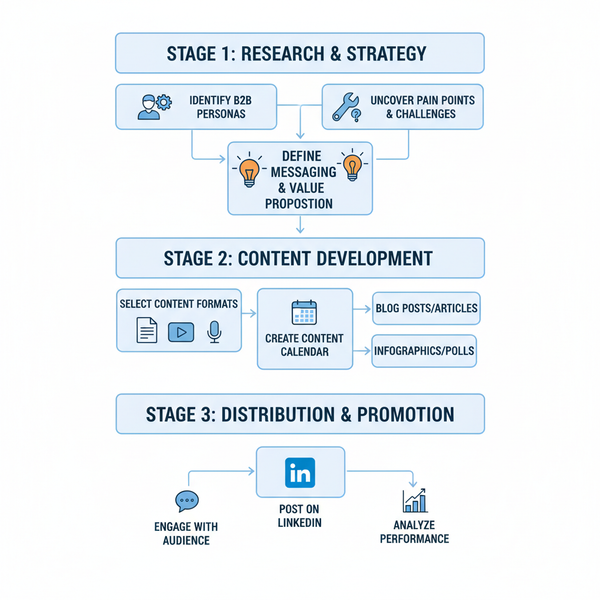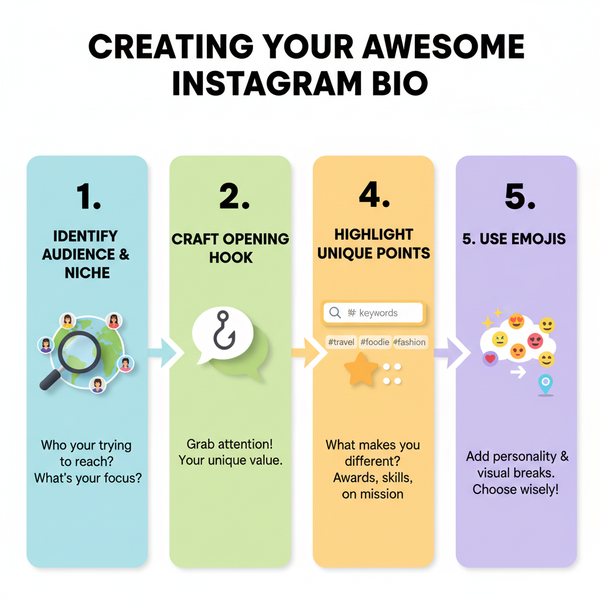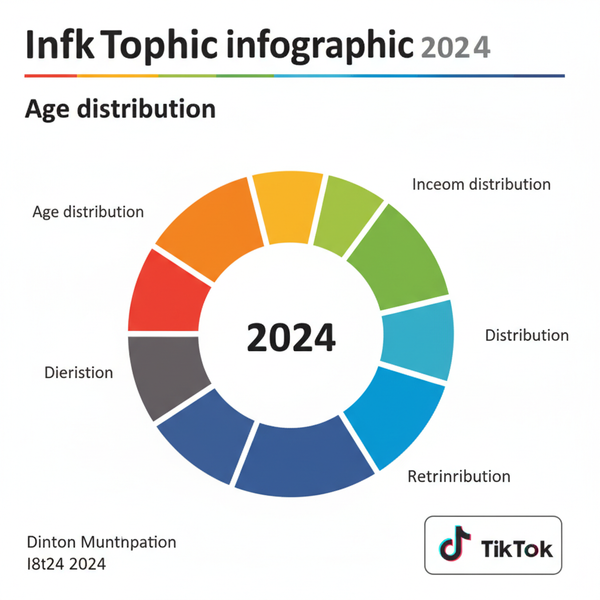5 4 Aspect Ratio Guide for Photography and Videography
Explore the history, benefits, and modern uses of the 5:4 aspect ratio in photography, videography, and digital content creation for balanced visuals.
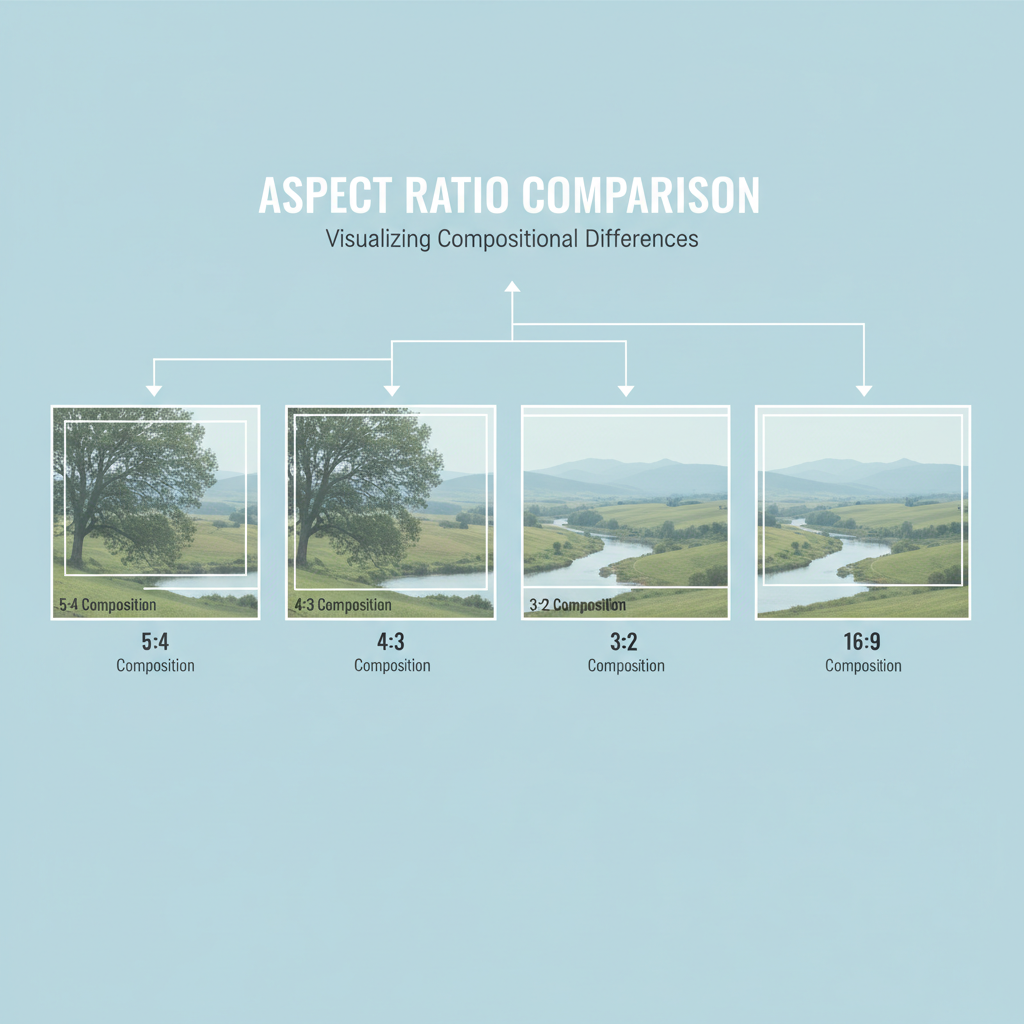
Introduction to the 5:4 Aspect Ratio in Visual Storytelling
The 5:4 aspect ratio is a classic image proportion that has influenced photography, cinematography, and design for decades. Aspect ratios define the relationship between width and height in a frame, and choosing the right one can dramatically change the way a story is perceived. In visual storytelling, this seemingly small decision impacts mood, composition, and how audiences connect with your work.
From traditional fine art prints to modern Instagram portrait formats, the 5:4 aspect offers a balance between wide and tall, making it a powerful creative choice across multiple mediums. Understanding how and when to use it will strengthen your artistic decisions and elevate the professional quality of your content.

---
What Is the 5:4 Aspect Ratio and How It Compares to Other Formats
The 5:4 aspect ratio means that for every 5 units in width, there are 4 units in height. Its subtle vertical increase over the 4:3 ratio changes framing possibilities without looking cramped like the square 1:1 ratio.
| Aspect Ratio | Dimensions Example (px) | Common Usage |
|---|---|---|
| 5:4 | 1250×1000 | Medium format photography, Fine art prints |
| 4:3 | 1200×900 | Digital cameras, Classic TV |
| 16:9 | 1920×1080 | HD video, YouTube, Cinematic |
| 1:1 | 1000×1000 | Instagram posts, Album covers |
The 5:4 ratio sits between cinematic widescreens and perfect squares, offering a harmonious visual balance that works for versatile framing.
---
The Historical Role of 5:4 in Photography, Cinema, and Print
The 5:4 aspect ratio has a storied history:
- Medium format film photography — Many legendary cameras, such as some Hasselblad and Linhof models, favored 5:4 for its perfect fit with portraiture and landscapes.
- Fine art and museum prints — Painters and printmakers have long embraced near-square proportions for balanced compositions.
- Early cinema and film stills — While 4:3 became dominant, 5:4 provided unique height for certain scenes, especially in specialty productions.
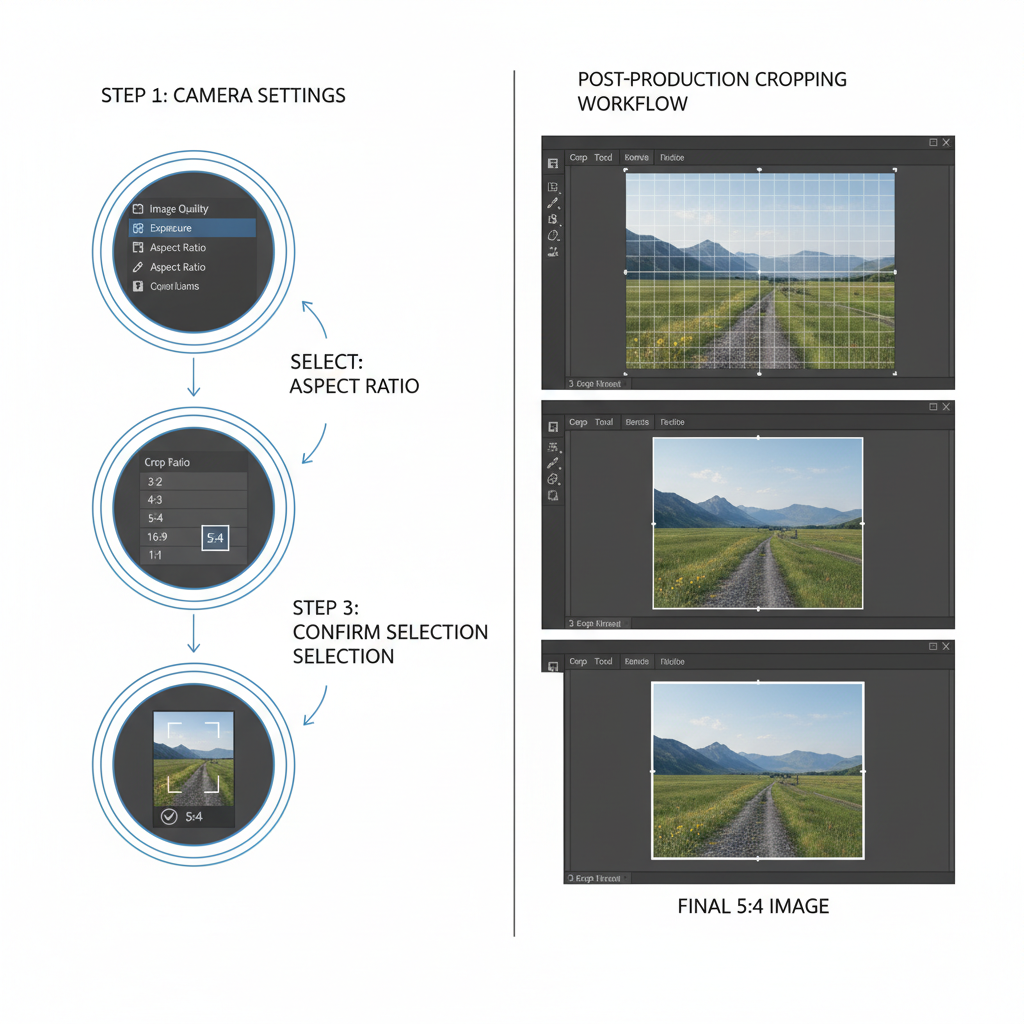
Its symmetry made it the ideal choice for portraits, group shots, and editorial spreads in traditional print media.
---
Advantages of Using a 5:4 Frame
Working with the 5:4 aspect ratio gives you several creative benefits:
- Balanced space — Enough height for vertical subjects, enough width for environmental context.
- Versatility — Effective for both portrait and landscape orientations.
- Efficient cropping — Can be extracted from common sensor ratios like 4:3 or 3:2 without major resolution loss.
- Alignment-friendly — Integrates well with the rule of thirds, allowing precise subject placement.
This proportion ensures strong visual impact while maintaining a natural flow for the viewer’s eye.
---
Modern Uses of 5:4 in Digital Content Creation
Today, the 5:4 aspect ratio finds new purpose in digital platforms and social media:
- Instagram portraits — Supports up to 4:5 format, which corresponds to vertical 5:4.
- Pinterest pins — Strikes a balance between tall and wide, ensuring better visibility.
- Online galleries — Offers a professional, fine art feel without distorting original compositions.
Even in video, 5:4 is being explored for product showcases, editorial fashion clips, and architectural walk-throughs to offer a distinctive visual style.
---
Camera Settings and Cropping Techniques for 5:4
In-Camera
- Custom aspect modes — Many DSLRs and mirrorless systems allow defining custom ratios.
- Viewfinder grids — Overlay guides can simulate 5:4 framing before shooting.
Post-Processing
1. Import your image into editing software.
2. Select the crop tool.
3. Set aspect ratio to fixed 5:4.
4. Adjust framing to keep the subject balanced.
5. Export at desired resolution, maintaining detail.Tip: Always preserve maximum resolution to avoid quality loss when printing or displaying at large sizes.
---
Inspiring Examples of Artistic Work in 5:4
Creative projects that benefit from the 5:4 format include:
- Fine art portraiture — Adds intimacy without excessive background clutter.
- Architectural photography — Provides vertical space for full building facades.
- Food photography — Balanced framing makes dishes pop for editorial spreads.
- Nature landscapes — Easily accommodates tall subjects like trees or rock formations.
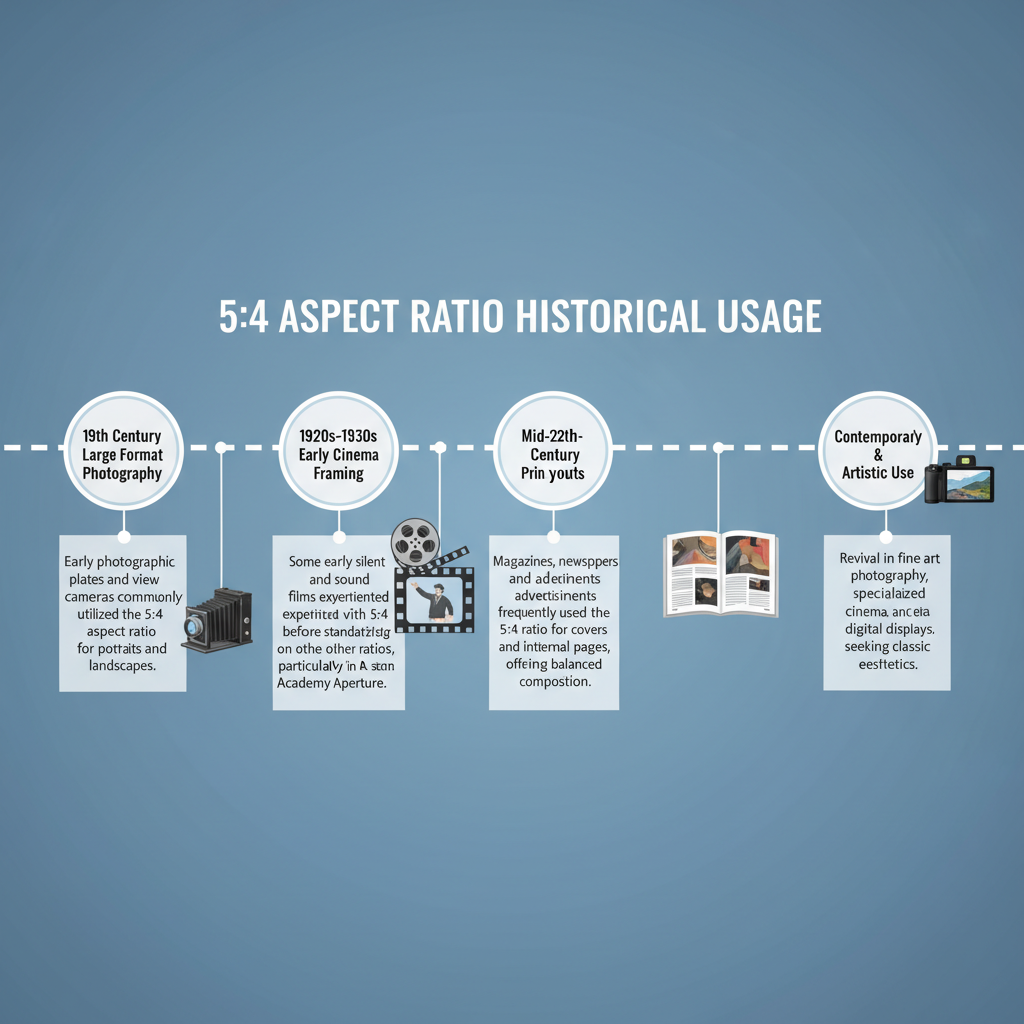
This aspect ratio delivers steadiness and focus, making it a favourite among artists seeking timeless composition.
---
Mistakes to Avoid When Shooting in 5:4
- Over-cropping from incompatible sensors — Risks reducing resolution excessively.
- Sloppy subject placement — 5:4 frames need intentional balance to avoid emptiness.
- Ignoring horizontal formats — Variety strengthens portfolios.
- Platform cropping issues — Always preview your work before publishing online.
---
Platform and Printing Compatibility
5:4 receives wide support despite not being as common as 16:9 or 4:3.
| Platform/Service | Support | Notes |
|---|---|---|
| Yes | Vertical posts use 4:5, matching rotated 5:4 proportions | |
| Yes | Ideal for tall, engaging pins | |
| Fine Art Printers | Yes | Common sizes include 10×8 inches |
| Partial | May auto-crop images; check preview |
---
Summary and Next Steps
The 5:4 aspect ratio is a versatile choice that bridges classic artistry and modern media. Its balanced proportions suit everything from portraits to landscapes, and its adaptability across print and digital platforms makes it a valuable format for creative professionals.
By learning the strengths, historical context, and execution techniques of 5:4 framing, you can craft images and videos that stand out for their compositional harmony. Experiment with both vertical and horizontal layouts, and consider 5:4 for projects that demand elegance and focus.
Call to Action: Integrate 5:4 into your next shoot or design project, and experience firsthand how a subtle shift in proportion can transform your storytelling impact.

